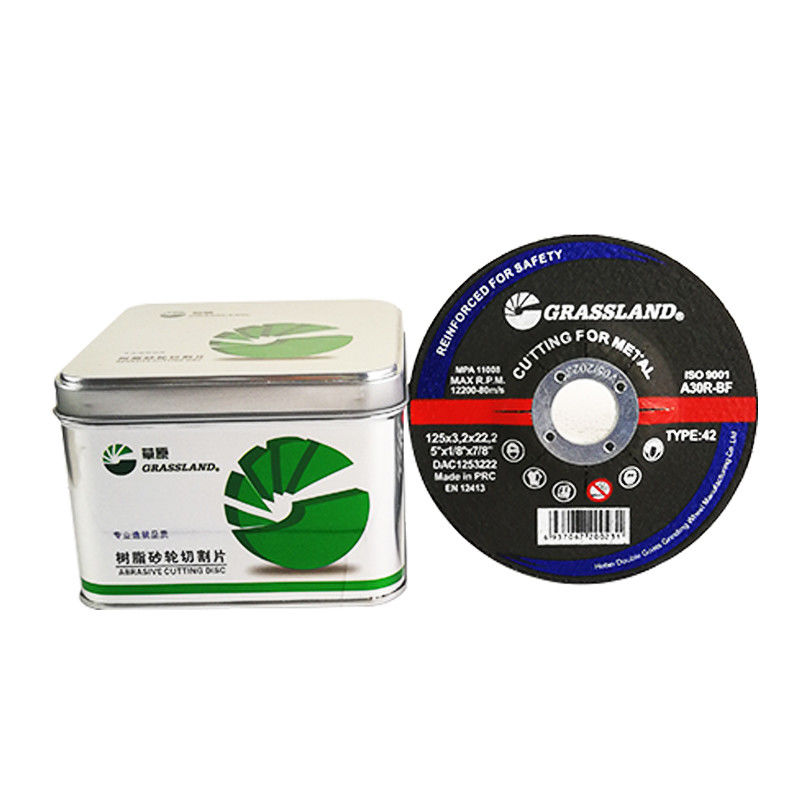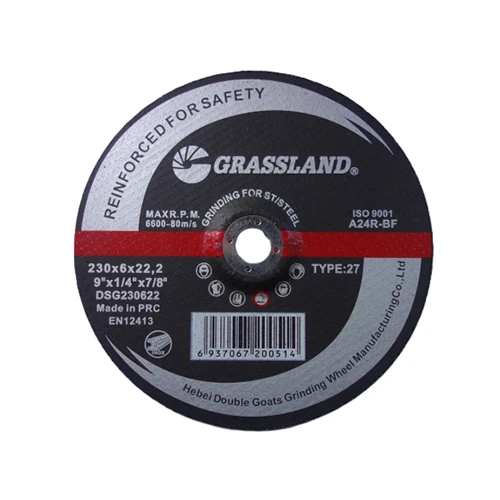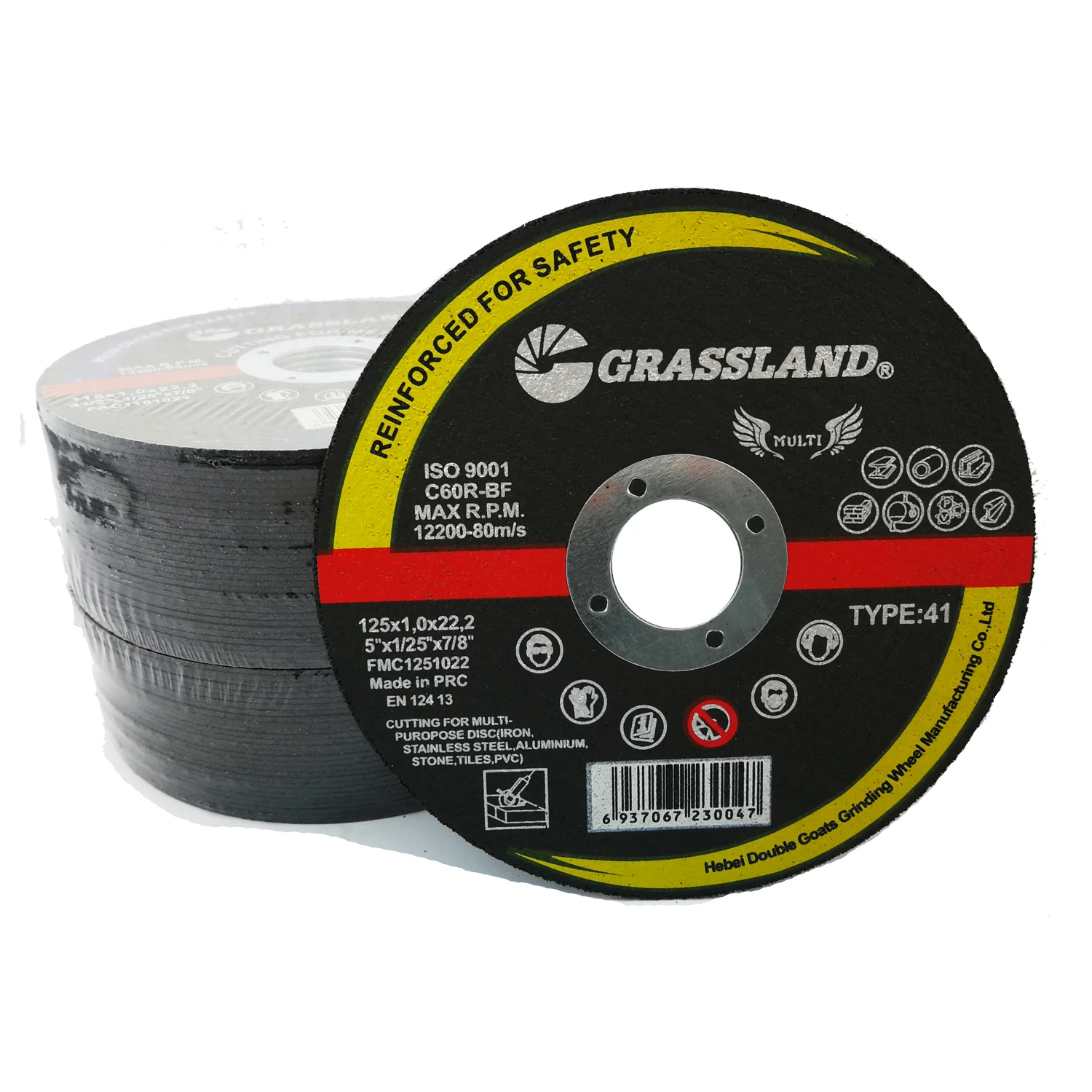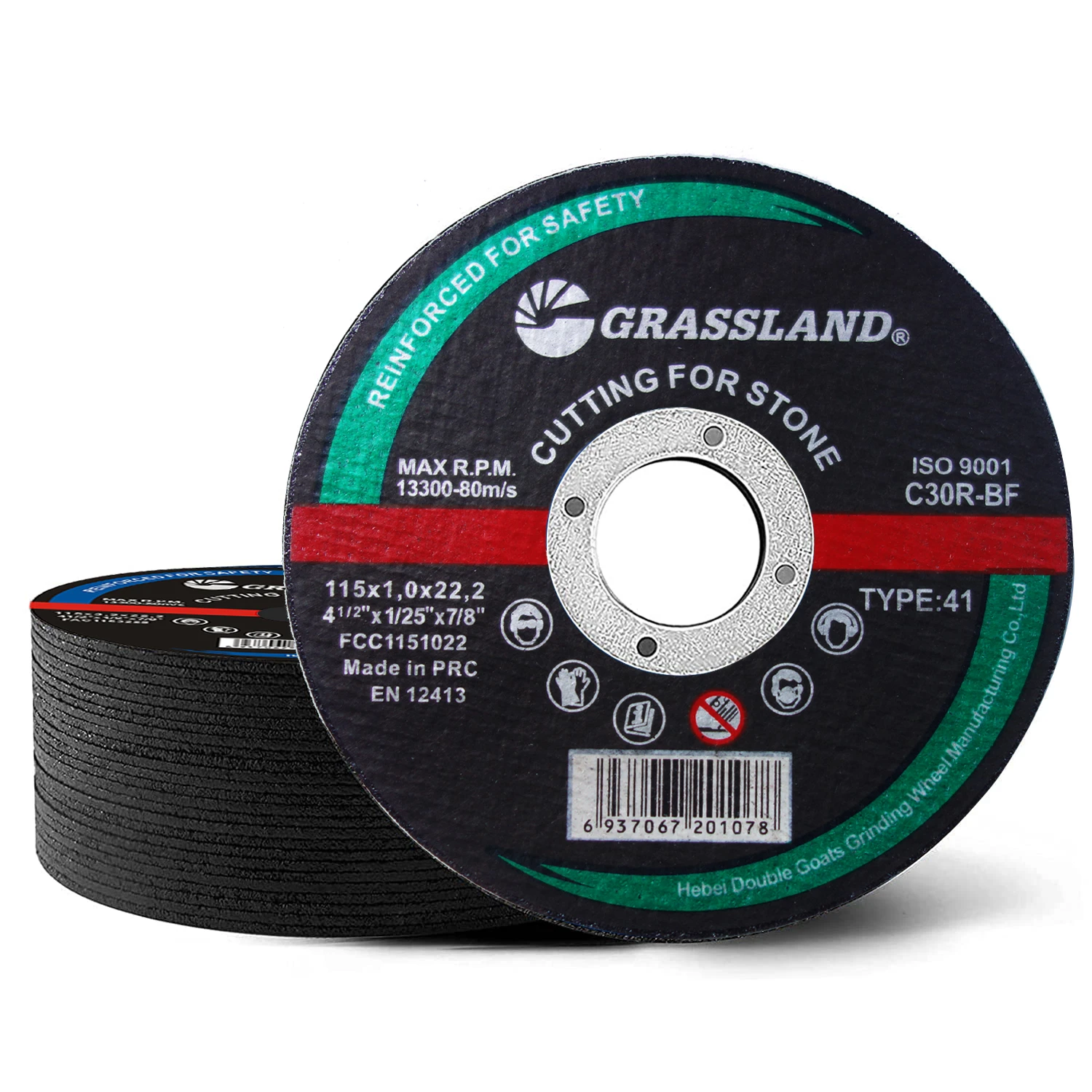Resin-Bonded Cut-Off Wheels: What Pros Are Actually Using in 2025
If you’re choosing a resin cutting disc for metal fabrication, you’re in the right place. I’ve been in and out of shops from Tianjin to Toledo, and—honestly—the gap between a “cheap wheel” and a well-engineered one is night and day. The Resin Bonded 125×3.2×22 125mm Metal Cut Off Wheel from Hebei has been popping up more on my bench lately, largely because it hits the sweet spot of speed, control, and price.

What’s changing in cut-off wheels (and why it matters)
Industry trend check: thinner kerfs for less heat, higher RPM ratings (80 m/s is the mainstream benchmark), and better fiberglass reinforcement to prevent edge-cracking. Shops also push for cleaner cuts that require fewer secondary ops. Many customers say a good resin cutting disc saves them more in prep time than in the wheel itself—true in most real-world trials I’ve seen.
Product snapshot: Resin Bonded 125×3.2×22
Origin: No.88 Economic and Technological Development Zone Shucheng, Hejian, Hebei, P.R. China. To be honest, the plant’s process control is the standout here.
| Diameter | 125 mm (5") | Bore | 22.23 mm |
| Thickness | 3.2 mm | Max speed | ≈ 12,200 RPM (80 m/s) |
| Grain | Aluminum Oxide (A) | Bond/Reinforcement | Resin bond; fiberglass mesh |
| Cut rating (20 mm rebar) | ≈ 55–70 cuts/disc (real-world use may vary) | Compliance | EN 12413; ANSI B7.1; ISO 9001 QA |
How it’s made (the quick version)
Materials: A-grade alumina, phenolic resin, performance fillers, dual fiberglass nets. Method: precision weighing → cold pressing → controlled curing (peak ~180–200°C) → side/face grinding → balancing → laser marking. Testing includes burst tests (≥ 1.5× rated speed under EN 12413), hardness checks, dimensional tolerance, and sample cut-rate trials. Service life depends on feed pressure and coolant (usually dry cut), but a careful hand easily outperforms heavy-handed pushing—surprisingly by 20–30%.
Where it shines
- Fabrication: angle iron, mild steel tube, flat bar
- Site work: rebar, threaded rod, plates up to ~6 mm with minimal burr
- Maintenance: quick sectioning on carbon steels; stainless with dedicated grade recommended
Advantages noted by users: fast start, narrower heat-affected zone, steady wear (less glazing). A resin cutting disc like this feels predictable—important when you’re on a ladder at 7 a.m. with a deadline.
Vendor snapshot (street-practical view)
| Vendor | Price/Disc | Speed Rating | Reinforcement | Customization | Lead Time |
|---|---|---|---|---|---|
| Hebei Manufacturer (this product) | Low–Mid | 80 m/s | Dual fiberglass | Logo, label, hardness, pack | ≈ 10–20 days |
| Local Hardware Brand | Mid | ≤ 80 m/s | Single/dual | Limited | Immediate stock |
| Global Premium Brand | High | 80–100 m/s (varies) | Multi-layer | Broad | Stocked; select items |
Customization and QA
Private label, grit adjustments, hardness tuning (soft/medium/ hard), arbor variations, and carton branding are on the menu. Factory QA runs according to EN 12413 and ANSI B7.1 norms; ISO 9001 quality management is standard. Some batches are audit-tested for burst speed and dimensional runout. I guess that’s why field returns are rare.
Case note: small fab shop, big win
A three-bay shop cutting 25 mm angle and 16 mm rebar swapped in this resin cutting disc. Over two weeks: disc consumption dropped ~18%, average cut time fell from 8.6 s to 7.1 s on mild steel tube, with burr height ≈ 0.3 mm less. Not lab-perfect, but the grinder guys were happy—and that’s the metric that counts.
Safety and use tips
- Verify wheel markings: dimensions, max RPM, standard compliance.
- Use guards, rated flanges, and PPE; no side-grinding on cut-off wheels.
- Let the wheel cut—excessive pressure just heats and glazes.
References:
- EN 12413: Safety requirements for bonded abrasive products.
- ANSI B7.1: Safety Requirements for the Use, Care and Protection of Abrasive Wheels.
- ISO 9001:2015 Quality management systems — Requirements.
- ISO 525: Bonded abrasive products — General requirements.
Post time:Oct - 19 - 2025

















